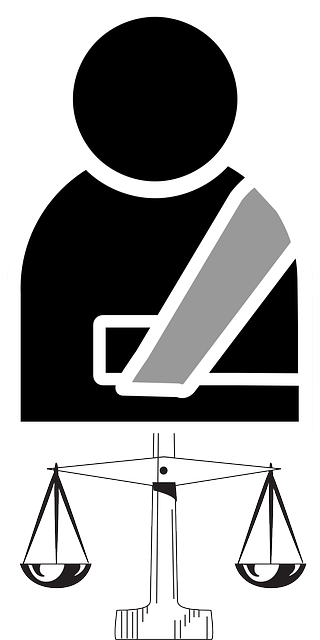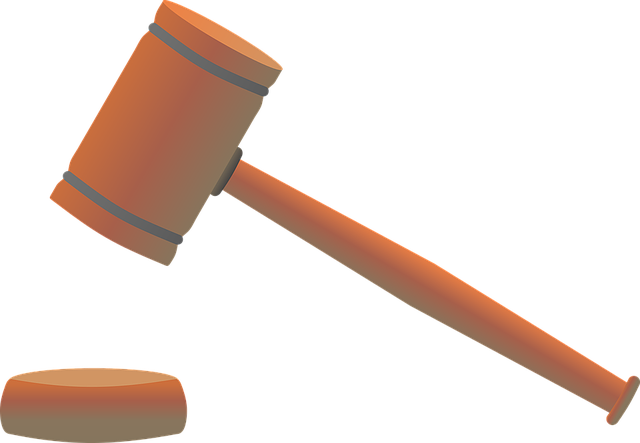Personal injury law encompasses a wide range of legal cases addressing accidents and harm to individuals, with key terms like negligence, liability, and compensation forming its backbone. It covers various scenarios including car accidents, medical malpractice, and product defects, aiming to protect victims and provide fair financial relief for medical expenses, lost wages, pain and suffering, and emotional distress through a structured legal process. Understanding damages, evidence documentation, and the role of experienced attorneys are crucial steps in navigating personal injury law to ensure victims receive just compensation based on injury severity and local precedents.
Personal injury law is a crucial field that ensures individuals receive justice and fair compensation for harm caused by others. This article delves into the intricacies of personal injury law, equipping readers with essential knowledge. We explore key definitions and the scope of this legal domain, common types of cases, and the step-by-step process of filing a lawsuit. Additionally, we examine damages and compensation, providing insights into what injured parties may expect. Understanding personal injury law is vital for anyone seeking redress for injuries suffered due to negligence or intentional acts.
- Understanding Personal Injury Law: Key Definitions and Scope
- Common Types of Personal Injury Cases and Claims
- The Process of Filing a Personal Injury Lawsuit
- Damages and Compensation in Personal Injury Lawsuits
Understanding Personal Injury Law: Key Definitions and Scope

Personal injury law is a complex yet crucial area that encompasses a wide range of legal issues related to accidents and harm caused to individuals. At its core, it involves the rights and responsibilities of parties involved in incidents resulting in physical or emotional injuries. Understanding key definitions within this legal framework is essential for anyone seeking compensation or justice after a personal injury.
Key terms such as “negligence,” “liability,” and “compensation” play a pivotal role in personal injury cases. Negligence refers to a failure to exercise reasonable care, leading to harm or injuries. Liability, on the other hand, determines responsibility for the harm caused. Compensation is the process of providing financial relief to victims, which can cover medical expenses, lost wages, and pain and suffering. The scope of personal injury law extends beyond physical injuries, also addressing emotional distress, product defects, and professional negligence.
Common Types of Personal Injury Cases and Claims

Personal injury cases encompass a wide range of scenarios where individuals sustain harm due to another party’s negligence or intentional acts. Some of the most common types of personal injury claims include car accidents, slip and fall incidents, medical malpractice, workplace injuries, and product liability cases. Each of these areas falls under the broader umbrella of personal injury law, which is designed to protect victims and ensure they receive fair compensation for their suffering.
Car accidents are a leading cause of personal injuries, often resulting in physical harm, property damage, and even fatalities. Slip and fall incidents, on the other hand, can occur anywhere, from busy malls to someone’s home, and can lead to serious injuries, particularly as people age. Medical malpractice suits arise when healthcare providers deviate from accepted standards of care, causing harm to patients during treatment or diagnosis. Workplace injuries and product liability claims involve situations where individuals are injured due to unsafe working conditions or defective products, respectively.
The Process of Filing a Personal Injury Lawsuit

When considering filing a personal injury lawsuit, understanding the process is crucial. The first step involves evaluating your potential claim and gathering evidence to support it, such as medical records, witness statements, and any relevant documentation. Once ready, you’ll need to choose a qualified attorney who specializes in personal injury law to guide you through the legal system. They will assess the strength of your case and advise on the best course of action.
Next, you’ll file a complaint with the appropriate court, outlining the details of the incident and the damages sought. After this initial filing, discovery begins, where both parties exchange information and evidence. This can include depositions, interrogatories, and requests for documents. As the process unfolds, your attorney will negotiate or litigate on your behalf to reach a settlement or, if necessary, prepare for trial.
Damages and Compensation in Personal Injury Lawsuits

In personal injury law, damages and compensation play a crucial role in ensuring victims are fairly reimbursed for their losses. When an individual suffers harm due to someone else’s negligence or intentional actions, they may be entitled to various forms of relief. These include economic damages, which cover direct financial losses such as medical bills, lost wages, and property damage repairs. Additionally, non-economic damages may be awarded for pain and suffering, emotional distress, and loss of quality of life.
The specific compensation in personal injury lawsuits varies depending on the severity of the injury, the circumstances surrounding the incident, and local legal precedents. Courts consider factors like medical records, expert testimony, and the impact of injuries on a victim’s daily life to determine an appropriate settlement or verdict. Understanding these damages is essential for both victims seeking justice and defendants aiming to mitigate their liability in personal injury law cases.
Personal injury law plays a crucial role in protecting individuals and ensuring they receive fair compensation for physical, emotional, and financial damages resulting from another party’s negligence or intentional actions. By understanding key definitions, common case types, the legal process involved, and potential damages, victims can navigate their rights effectively. This knowledge empowers folks to take informed steps after an injury, fostering a more just and vibrant landscape for personal injury law in today’s digital era.
